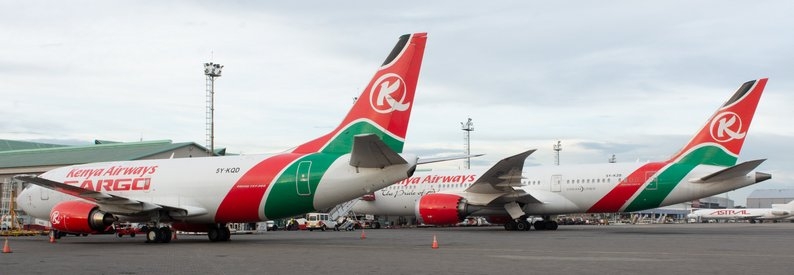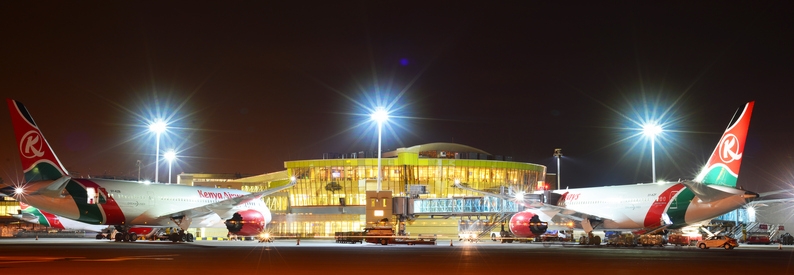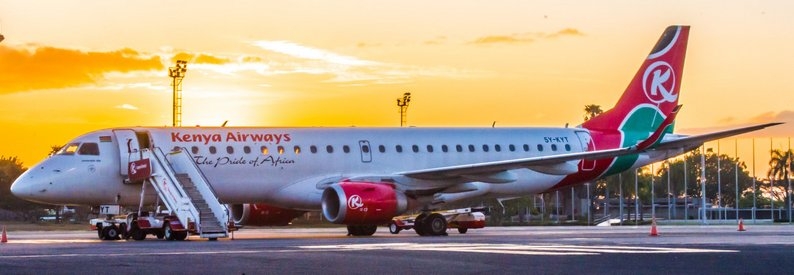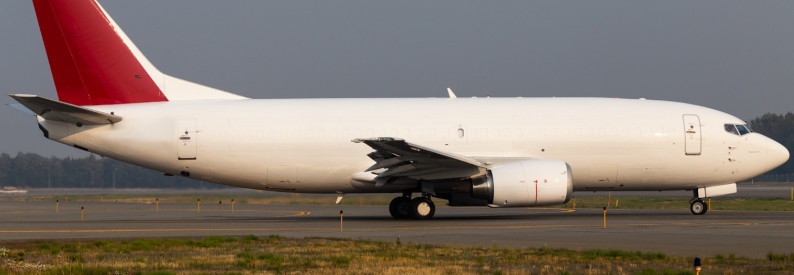The Kenyan Government has written off a KES24.2 billion Kenyan shilling (USD239.34 million) loan advanced to Kenya Airways (KQ, Nairobi Jomo Kenyatta), as it strives to assist the loss-making carrier in its recovery efforts.
According to Kenya Business Daily, Treasury Secretary Henry Rotich submitted a dossier to the country's parliament on Tuesday, April 30, in which it showed that Cabinet had approved the write-off through CAB MEMO Ref: (17) 65 of May 29, 2018.
Kenya Airways, in which the state has a controlling stake, had not made any attempt to repay the loan and it remained outstanding as at June 30, 2018.
Given the state of default, the Treasury was forced to take out a new 10-year KES20 billion (USD197.8 million) loan from the Eastern and Southern African Trade and Development Bank (TDB) to help Kenya Airways repay the loan to the African Export-Import Bank (Afrexim) that had fallen due.
“The loan was borrowed to refinance and cancel the 2016 syndicated loan facility borrowed to support the turnaround process of Kenya Airways through the restructuring of its balance sheet,” the Treasury report said adding that repayment will take place in 10 equal, semi-annual instalments due to run from June 21, 2019 through to June 21, 2029.
For its part, Kenya Airways last week announced that it had recorded a loss before tax of KES7.59 billion (USD75.07 million) for the 12-months ended December 31, 2018, on growth in passenger revenue from KES63.9 billion in the previous 9-month period of 2017 to KES88.7 billion in the year ended December 31 , 2018. In line with global best practices, the carrier has also adjusted its financial year-end from March 31 to December 31.
Overall, total revenue for the 12 months to December 31, 2018, amounted to KES114.45 billion, as compared to KES80.79 billion for the 9-month period ended December 31, 2017.
In terms of passenger throughout, the carrier registered 4.84 million pax/annum at the close of December 2018, while for the 9-month period ended December 31, 2017, it had recorded 3.43 million passengers. However, it said rising fuel and personnel expenses coupled with foreign currency-denominated aircraft leasing dues had contributed to about 66% of the carrier's total operating costs.






